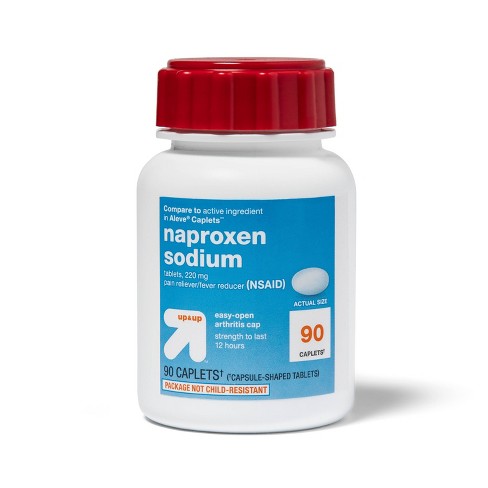TMD can cause pain and discomfort ranging from mild and infrequent to severe and constant or debilitating. Depending on the level of pain and associated disability, treatment of TMD may differ from person to person. Treatment can also be addressed through different options based on the suspected causes.
If your symptoms are not interrupting your day-to-day activities and the pain can be described as a one or three on a ten-point scale, then the condition is often manageable through patient self-care. Self-care might include the following treatment options:
Apply cold and hot packs:
An ice pack or cold compress applied to the affected area for 10 to 15 minutes will reduce swelling and inflammation. Moist heat applied to the area between 10 to 15 minutes can also improve circulation to the area and reduce pain.

Do facial stretching and exercises:
A doctor or physical therapist or may recommend stretches that can help reduce tension in the jaw. Perform prescribed exercises as directed to stretch the muscles of the jaw and relieve unnecessary muscle tension.

Eat soft, small foods:
Foods that don’t require much chewing due to small size or soft texture, such as soup, scrambled eggs, yogurt, beans and cooked, diced fruits and vegetables, will be easier to eat than foods that are hard, crunchy, chewy, thick or large. Salad is an example of a food that is chewy and should be avoided with a painful joint.

Take medicine for pain management:
Over-the-counter pain relievers such as naproxen can minimize the experience of pain and reduce inflammation. Stronger prescription pain medications may be recommended, and muscle relaxants can help patients who grind their teeth by relaxing jaw muscles. Antidepressants, in low doses, have also been found to reduce pain.

Avoid high-tension jaw movement:
Moving the jaw with excessive force can strain the joint and the muscles that open and close the mouth, and hamper treatments aimed at reducing the pain. Yawning and chewing should be kept to a minimum. Singing or yelling should also be avoided. Proper posture while on the phone or at a computer should be maintained. Avoid clenching the jaw. Practice keeping teeth apart by gently placing the tongue on the roof of your mouth behind your upper front teeth with your teeth slightly separated. Practicing stress reduction techniques to relax muscle tension in the jaw can help alleviate some of the pain and swelling associated with TMD.
Use corrective oral appliances:
Oral appliances may help reduce tension on the jaw muscles and the joint. Permanent changes in the bite through extensive crown or bridge work and orthodontics have not been proven to be effective and may worsen TMD symptoms. If a contributing factor is teeth grinding or clenching, a splint or night guard can be worn while sleeping. Clenching and grinding cannot be stopped but the oral appliance will help prevent tooth-to-tooth wear and limited pain in muscles and joint. The goal is that TMD symptoms will be reduced as the affected area experiences a period of reduced irritation and use. Be aware that many different designs of splints are available. Based on your symptoms and needs an appliance should be selected for your use.
However, special care must be taken before deciding to undergo any invasive solution. Surgical treatments are often irreversible and remain controversial, as they have not been proven effective by any studies or research. If surgery is being considered when all other treatment options have fallen short of providing satisfactory relief, there are three only a few types of surgery that may be considered:
Arthrocentesis:
A notably minimally invasive medical procedure, is distinguished by its simplicity and effectiveness. In this technique, a healthcare professional delicately injects steroids directly into the affected joint, aiming to specifically target and mitigate inflammation. The procedure is characterized by its precision and minimal disruption to surrounding tissues, making it a preferred option for managing joint-related issues.
Arthroscopy:
This procedure is guided by a very small camera inserted through a small incision in front of the ear. The camera allows the doctor to examine the temporomandibular joint and establish a cause of the TMJ condition, such as tissue inflammation or a misaligned disc or joint. Then the doctor can correct the problem by removing inflamed tissue or adjusting alignment of the joint.
Open-joint surgery:
In situations where arthroscopic surgery is not a viable option, open-joint surgery may become necessary for addressing issues in the temporomandibular joint (TMJ) region. This procedure involves creating an incision to fully expose the TMJ, providing the surgeon with unobstructed visibility and access. This more extensive approach allows for a thorough diagnosis and correction of underlying problems within the joint.
For detailed information on temporomandibular joint disorders (TMD) and personalized treatment options tailored to your specific symptoms, we encourage you to reach out to the Craniofacial Pain & Dental Sleep Center of Georgia. Our team is dedicated to providing comprehensive insights and guiding you towards effective solutions for your TMD concerns.

